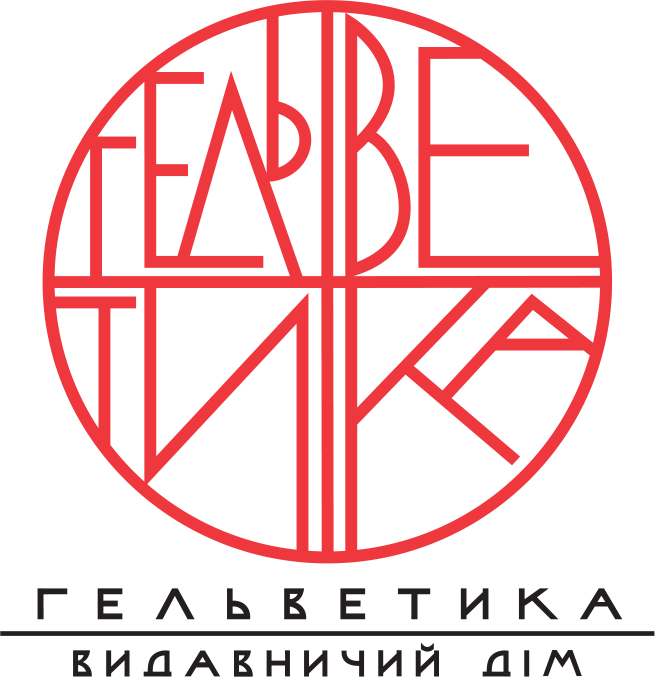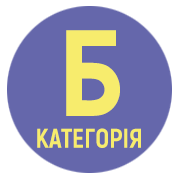APPLICATION OF NEURAL NETWORKS FOR ATTRIBUTION OF CULTURAL VALUES: METHODOLOGY, RESULTS AND PROSPECTS
DOI:
https://doi.org/10.32782/uad.2025.2.3Keywords:
cultural values, attribution, neural networks, digital humanities, cultural studies, art historyAbstract
The aim of the article is to identify the possibilities and prospects of using neural networks, in particular deep models, for the attribution of cultural values and works of art. The work focuses on the problem of using neural networks to recognize the style, school, period, and authorship of works of art, as well as to distinguish between originals from fakes. Neural networks are able to detect subtle visual patterns and correlations between image components, which makes it possible to significantly increase the accuracy of attribution compared to traditional methods. Modern architectures, such as convolutional neural networks and transformer approaches (Vision Transformers, CLIP), which complement the contextual component of the analysis with research. The issue of forming and enriching databases of digitized images is separately highlighted, since the quality and representativeness of training samples directly affect the results of modeling. The article considers the problem of stylization, since influences between artists and cultural interference can complicate the recognition of stylistics. The ethical aspects and consequences of incorrect attributions, which can significantly affect the art market and historical and cultural research, are indicated. The results of experimental assessments of attribution accuracy are presented and recommendations are offered for the application of developments in museum work and scientific research. It is concluded that despite the high potential of neural networks, the participation of art experts in the process of attribution of cultural values remains extremely important. The results obtained can serve as a basis for the further development of computer analysis methods in cultural studies and art history, as well as stimulate the emergence of new interdisciplinary research in the field of digital humanities.
References
Trigka M. 1 , Elias Dritsas E. Comprehensive Survey of Deep Learning for Image Restoration. Sensors. 2025. Vol. 25, no. 2. P. 531. URL: https://www.mdpi.com/1424-8220/25/2/531(date of access: 20.04.2025)
Baltrušaitis T., Ahuja C., Morency L.-P. Multimodal Machine Learning: A Survey and Taxonomy. IEEE Transactions on Pattern Analysis and Machine Intelligence. 2019. Vol. 41, no. 2. P. 423–443. URL: https://dl.acm.org/doi/10.1109/tpami.2018.2798607 (date of access: 20.02.2025)
Krizhevsky A., Sutskever I., Hinton G.E. ImageNet Classification with Deep Convolutional Neural Networks. Advances in Neural Information Processing Systems. 2012. Vol. 25. P. 1097–1105. URL: https://proceedings.neurips.cc/paper/2012/file/c399862d3b9d6b76c8436e924a68c45b-Paper.pdf. (date of access: 20.04.2025)
Zhou B., Khosla A., Lapedriza A., Oliva A., Torralba A. Learning Deep Features for Discriminative Localization. 2016 IEEE Conference on Computer Vision and Pattern Recognition (CVPR). June 27 2016 to June 30 2016. / Las Vegas, Nevada, USA, 2016. P. 2921–2929. URL: https://www.computer.org/csdl/ proceedings-article/cvpr/2016/8851c921/12OmNqIhFR6 (date of access: 01.05.2025)
Radford A., Kim J.W., Hallacy C., et al. Learning Transferable Visual Models From Natural Language Supervision. arXiv:2103.00020v1 [cs.CV]. Cornell University, 2021. P. 8748–8763. URL: https://doi.org/10.48550/arXiv.2103.00020 (date of access: 24.03.2025)
Vinayavekhin Ph., Khomkham B., et al. Identifying Relationships and Classifying Western-style Paintings: Machine Learning Approaches for Artworks by Western Artists and Meiji-era Japanese Artists. ACM Journal on Computing and Cultural Heritage. Vol. 17, Issue 1. Article no.: 6, 2024. P. 1–18. URL: https://doi.org/10.1145/3631136 (date of access: 20.02.2025)



